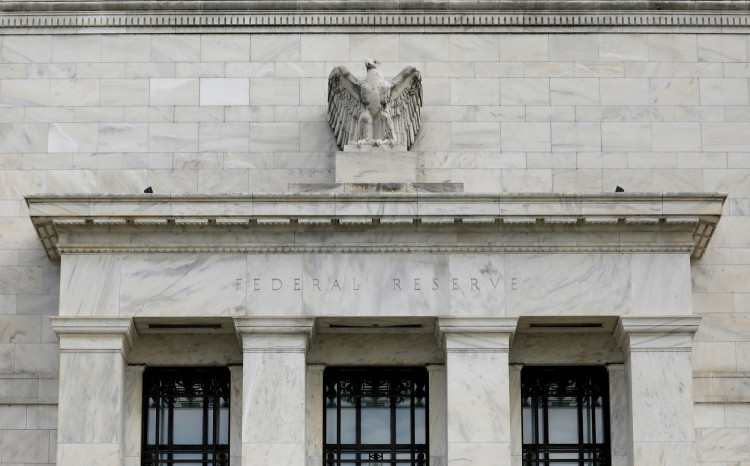The Federal Reserve on Wednesday advanced a proposal to ease capital requirements for the nation's largest banks, marking a significant regulatory shift that has sparked division among policymakers and reignited concerns over systemic financial risk. The move would lower the enhanced supplementary leverage ratio (eSLR), a post-crisis safeguard meant to ensure banks hold adequate capital to absorb losses.
The rule change, now open for a 60-day public comment period, would reduce the minimum capital holdings for top-tier U.S. bank holding companies by 1.4%, or roughly $13 billion. For subsidiaries, the capital requirement could drop by $210 billion, although the holding company would still retain control over those assets. The leverage ratio would be lowered to a range of 3.5% to 4.5%, down from the current 5%, with subsidiaries reduced from 6% to the same range.
"This stark increase in the amount of relatively safe and low-risk assets on bank balance sheets over the past decade or so has resulted in the leverage ratio becoming more binding," said Fed Chair Jerome Powell. "Based on this experience, it is prudent for us to reconsider our original approach."
The proposal, also supported by Fed Governor Christopher Waller and Vice Chair for Supervision nominee Michelle Bowman, is part of a broader effort to recalibrate capital requirements that critics argue penalize low-risk assets like U.S. Treasurys.
"The proposal will help to build resilience in U.S. Treasury markets, reducing the likelihood of market dysfunction and the need for the Federal Reserve to intervene in a future stress event," Bowman said.
Waller added: "The leverage ratio treats a Treasury bond the same as a junk bond, but we know they're not the same."
The rule revision, jointly proposed by the Fed, the FDIC, and the Office of the Comptroller of the Currency, represents one of the most substantial deregulatory shifts under the Trump-era regulatory framework. Banks and Republican lawmakers have argued the eSLR deters financial institutions from holding Treasurys, thereby distorting incentives and impairing market liquidity.
However, two members of the Fed's Board of Governors voted against advancing the proposal. Michael Barr, the Fed's former vice chair of supervision, warned the change "would significantly increase the risk" of a major bank failure. "Orderly resolution would not be possible," Barr said in a statement.
Governor Adriana Kugler also dissented, stating the proposed easing "will increase systemic risk in a manner that is not justified by the benefits cited in the proposal."
Critics fear that loosening leverage rules may incentivize banks to allocate capital to higher-return, riskier assets rather than increasing Treasury holdings as intended. "Firms will likely use the proposal to distribute capital to shareholders and engage in the highest return activities available to them," Barr added.
The leverage ratio, originally crafted after the 2008 financial crisis, applies equally to all assets on a bank's balance sheet. By design, it was meant as a non-risk-based complement to other capital buffers. However, as central bank reserves have expanded and Treasury holdings surged, financial institutions say the rule has become overly restrictive.






